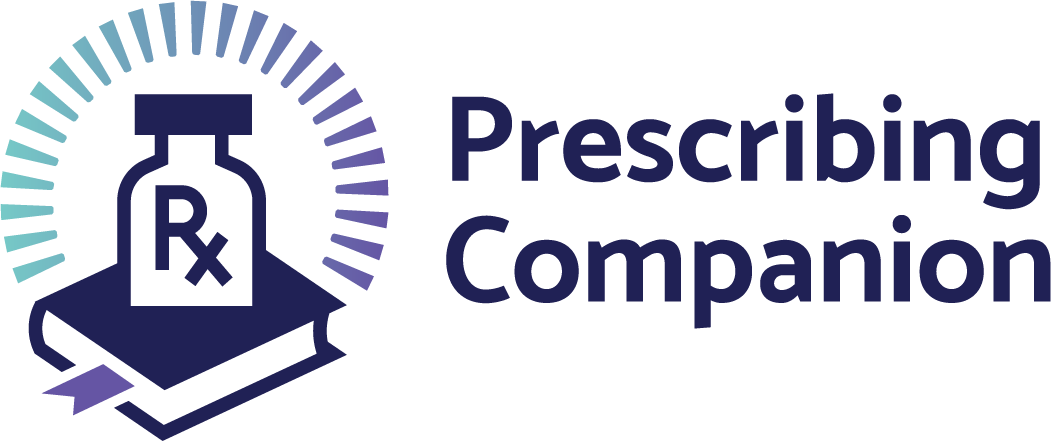Cholera
exp date isn't null, but text field is
Description
Cholera is an illness characterized by excessive diarrhoea and vomiting caused by the organism Vibrio cholerae. It is transmitted by the faecal-oral route. The incubation period varies from a few hours to 6 days.
Cholera may be present as a mild illness indistinguishable from diarrhoea due to other causes
Signs and Symptoms
It has three phases:
- Evacuation phase
- Abrupt onset of painless
- Profuse watery diarrhoea
- Vomiting in severe forms
- Stools may be rice-
- Collapse phase is reached if appropriate treatment is not given
- Features of circulatory shock (cold clammy skin, tachycardia, hypotension and peripheral cyanosis)
- Dehydration (sunken eyes, hollow cheeks and diminished urine output
- Muscle
- Children may also have convulsions due to hypoglycaemia
- Renal failure
- Aspiration of vomitus may occur
Recovery phase occurs if the patient survives the collapse phase.
Investigations
- Stool Cholera Culture
- RDT for Cholera
- Supportive Investigation (FBC, HIV, Covid, kidney function, RBS, Malaria, Other stool culture)
Treatment
- Rehydration
Table 131:Management of mild dehydration
|
ORS Dose Age |
Amount after each loose stool |
|
Less than 24 months |
50 – 100ml after each loose stool |
|
2 – 5 years |
100 – 200ml |
|
10 years and above |
As much as the patient can tolerate |
NB: ORS and other fluids should be continued until diarrhoea stops. Breastfed children should continue to breastfeed normally. Encourage the patient to eat.
Table 132:Management of moderate dehydration
|
Give ORS in the first 4 hours as follows: |
|||||
|
Age Less than 4 months |
4-11 months |
12-23 months |
24-59 months |
5-14 years |
15 yrs and above |
|
Weight Less than 5kg |
5-10 kg |
10-12 kg |
12-19 kg |
16-29 kg |
30kg and above |
|
Amount 150ml in ml per (approx.) hour |
40 0 ml per hour |
600 ml per hour |
1,500 ml per hour |
2,000 ml per hour |
3,800ml per hour |
- Monitor the patient
- Reassess the patient after 4 hours using the classification of dehydration. If signs of (moderate) dehydration are still present, repeat the same If the patient shows signs of severe dehydration change management to that of severe dehydration.
- Patients should be encouraged to eat and drink as much as they
- If the child vomits, wait 10 minutes and then continue giving ORS slowly, e. every 2 – 3 minutes.
- Encourage the mother to continue
- For infants less than six months who are not breastfed also give 100 – 200ml clean water during this
Management of severe dehydration
Start intravenous drip with Ringers Lactate or Sodium Chloride 0.9% w/v (normal saline) immediately (give ORS while drip is being set).
- Patients below 1 year:
- Give 100ml/kg in 6 hours as follows:
- 30ml/kg in the first 1 hour then 70ml/kg in the next 5
- Reassess the patient very
- If the patient can drink, give about 5ml/kg per hour of ORS in addition to the IV
- Assess the state of re-hydration after six hours using the classification of dehydration level chart; classify and manage accordingly.
- Give 100ml/kg in 6 hours as follows:
- If the patient shows no sign of dehydration after treatment with IV fluids or ORS, continue ORS as follows:
- Less than 24-months old = 100ml after each loose stool
- 2 – 9 years-old = 200ml after each loose stool
- 10 years or more = as much as the patient wants (at least 300ml)
- Patients 1 year and above:
- Give IV fluids, 100ml/kg in 3 hours as follows: 30ml/kg as rapidly as possible (within 30 minutes), then 70ml/kg in the next 21/2 hours.
- Reassess the patient very
- If the patient can drink, give about 5ml/kg per hour of ORS in addition to the IV
- Assess the state of rehydration after 3 hours using the classification of dehydration on treatment charts; reclassify and manage accordingly.
- If the patients show no sign of dehydration after treatment with IV fluids or ORS continue ORS as follows:
- 24 months old = 100ml after each loose stool
- 2 – 9 years old = 200ml after each loose stool
- More than 9 years = as much as the patient wants (at least 300ml)
Drugs
Indications for Antibiotic use include:
- Above 65 years of age
- Co-morbidities (e.g. SAM, HIV, kidney disease)
- Severe Dehydration
- Pregnancy
- High Purging (at least one loose stool per hour in the first 4 hours)
One of the following Medicines should only be given according to the sensitivity patterns.
Table 133:Recommended Antibiotics
|
Recommended Antibiotics |
CHILDREN |
ADULTS |
|
Doxycycline OR Tetracycline |
– 2 to 4mg/kg as single dose
>12 years 12.5mg/kg |
300mg as a single dose
500mg 4 times daily for 3 days |
|
Erythromycin
OR Azithromycin |
10mg/kg (12.5mg/kg 6hourly for 3 days
20mg/kg stat |
500mg: 4 times daily for 3 days 1g single dose |
|
Ciprofloxacin |
20mg/kg stat |
1g single dose |
NB: Doxycycline, Tetracycline and Ciprofloxacin SHOULD NOT be used in Pregnancy
Prevention
- Drink clean boiled/ chlorinated water
- Proper sanitation
- Good personal hygiene and sanitation
- Cholera vaccination
